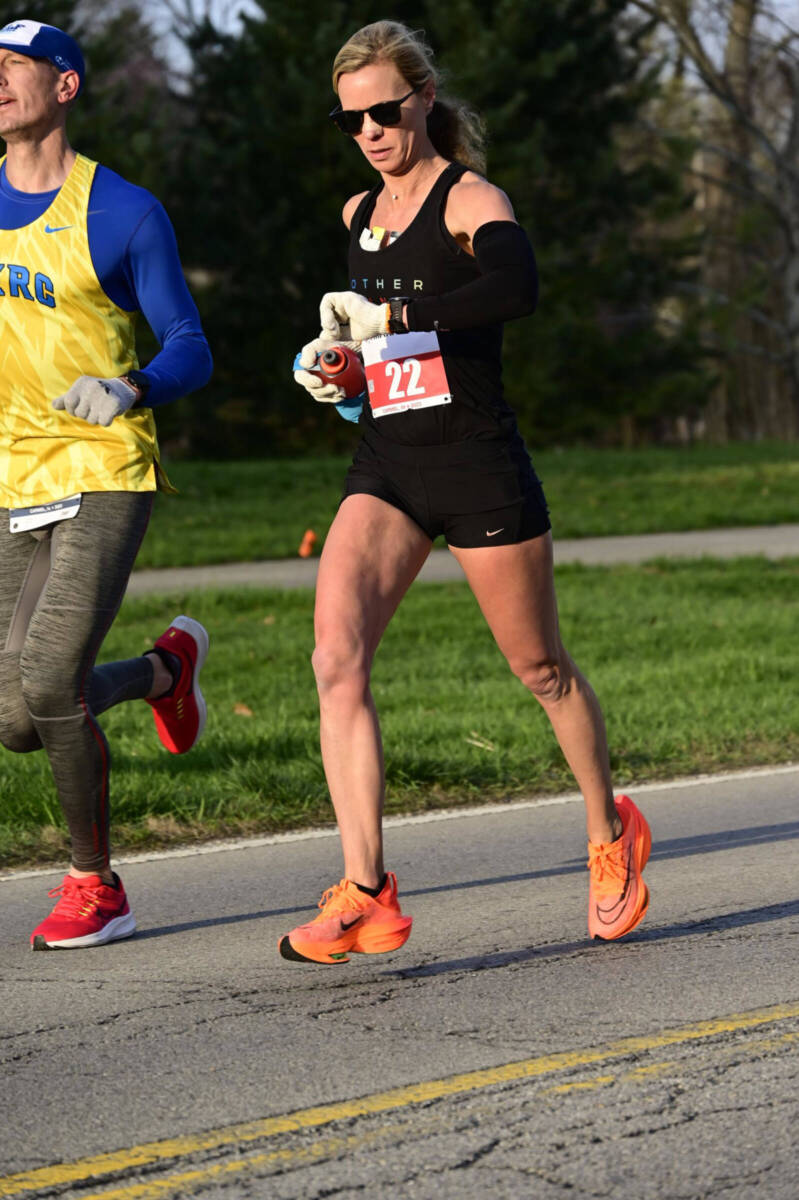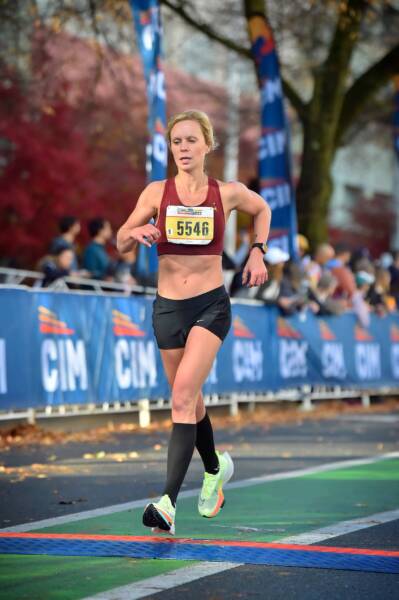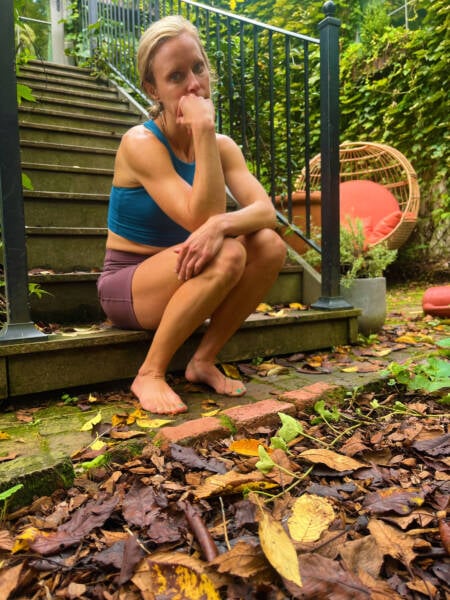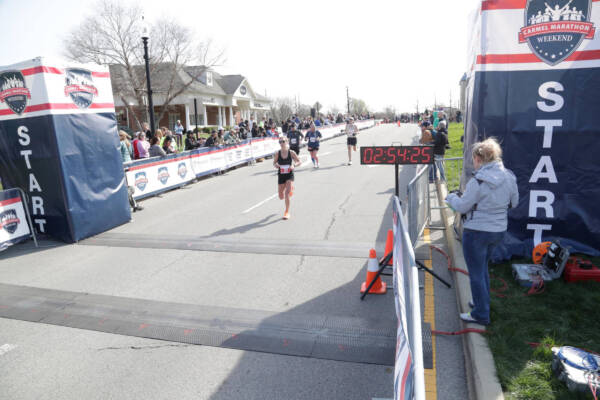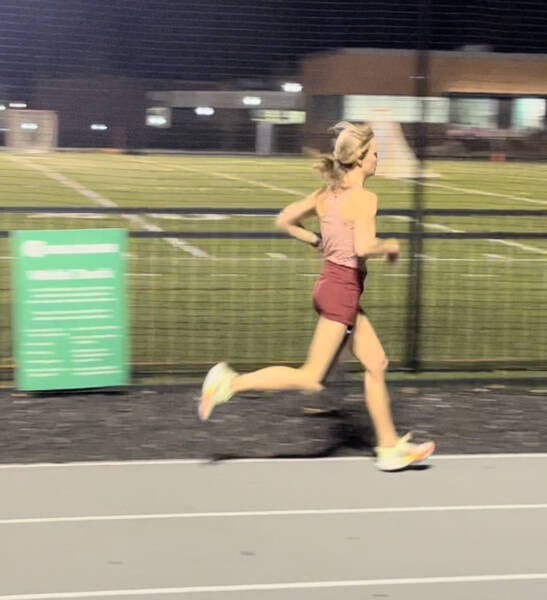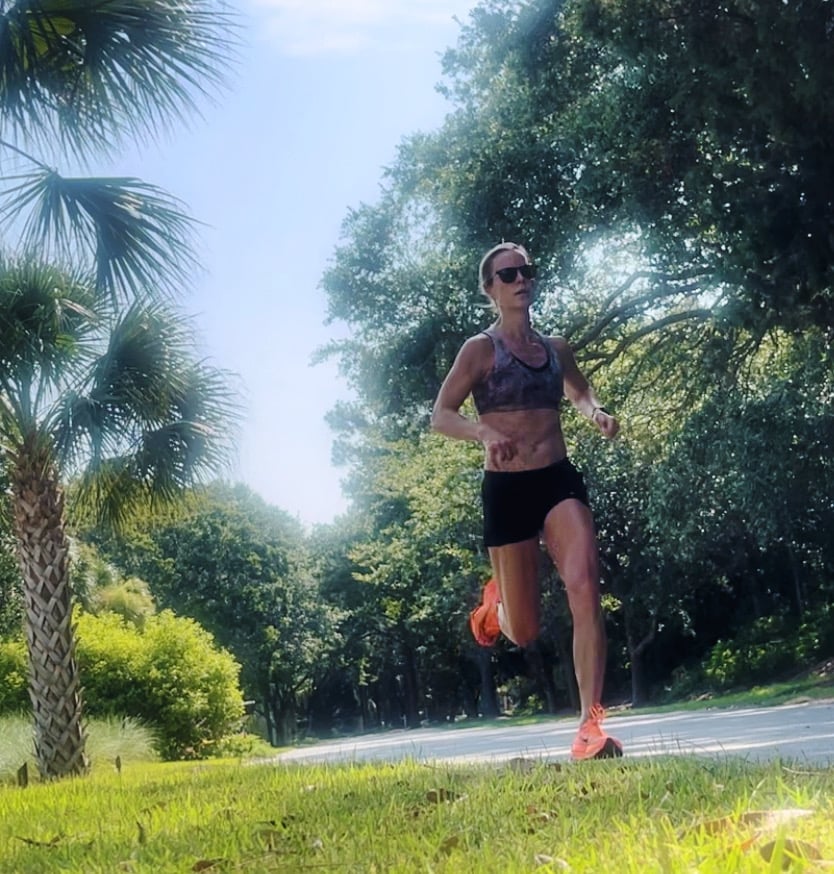Should You Pop a Running Blister?
If you have a blister from running, in most cases you want to leave it alone, says dermatologist Dr. Carley Fowler. You can tape it. If you must pop it, you can delicately drain it. Read on to learn the best tape for blisters, how to prevent them, and how to drain them.
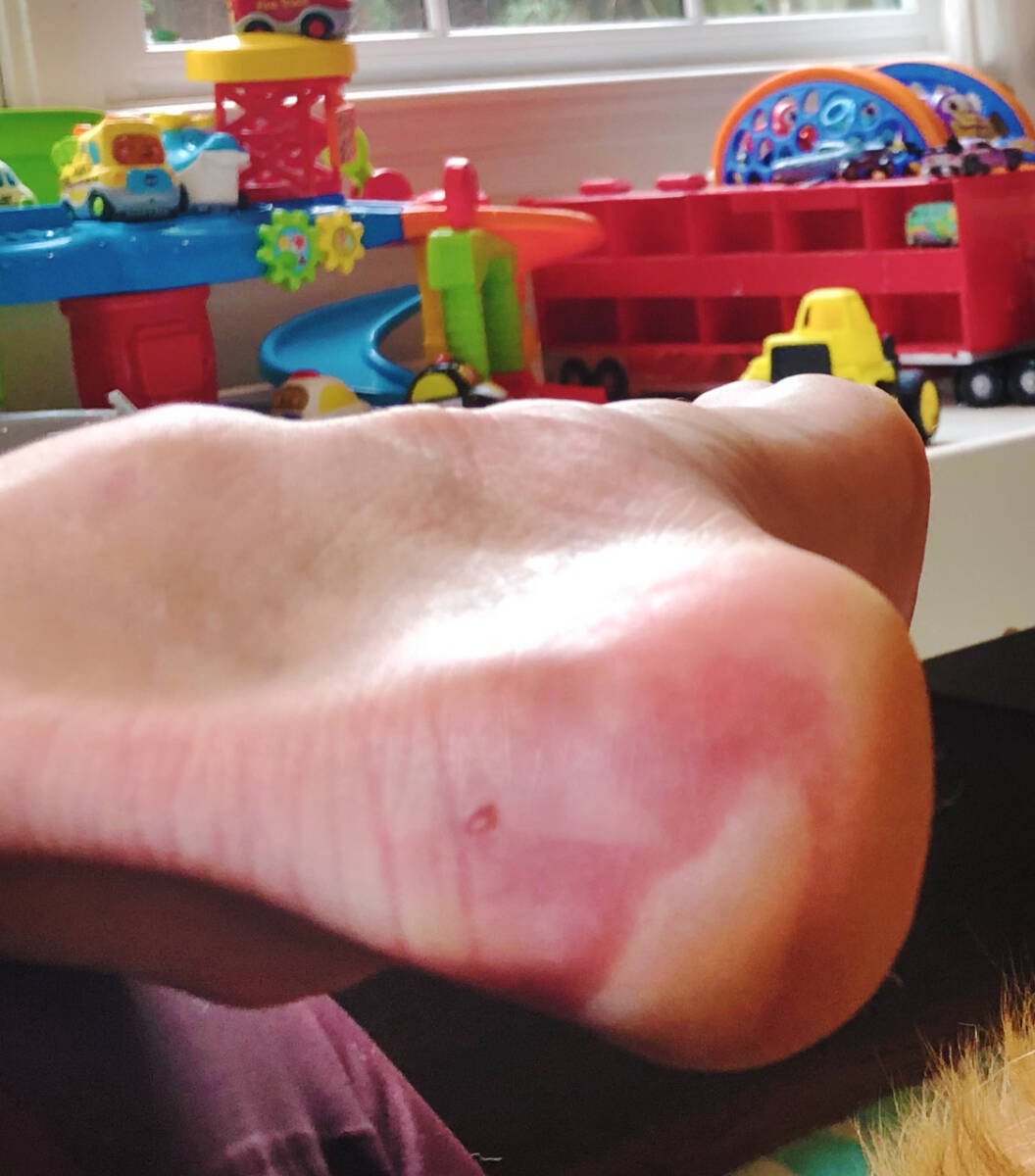
Should you pop a running blister? It’s a question I get asked often from my athletes I coach to followers on Instagram. Thankfully, I don’t get many blisters from running anymore because I know how to prevent blisters. But I do remember when I started running more seriously after having my kids and a gnarly blister formed on my heel. I had a half-marathon to race in a couple of days and wasn’t sure what to do. Should I pop a running blister? Should I leave the blister alone? Will it hurt less running with a blister if I pop it?
Table of contents
I asked every runner I knew and everyone seemed to have a different opinion. My husband’s ultra running friends told me to drain the blister and apply duct tape to it. That seemed like a bad idea. Others said leave it alone. I ended up doing nothing to the blister except lubricating it with Vaseline, and it was the right call. The blister from running didn’t bother me during the race and it ended well (I even won the half marathon!).
But running blisters come in all different sizes, shapes, and locations. So when should you pop a blister and when should you leave the blister alone? I am here to answer all your running blister questions thanks in large part to the help of my dermatologist Dr. Carley Fowler!
(Please note, I am not a doctor, but I did consult with one to write this article. If you need medical advice related to your own blister, see a healthcare professional).
So, let’s get going!
Should you pop a blister before running?
The pressing question (that was kind of clever): should you pop a blister before running or leave it? In most cases, you should leave a blister alone, says Dr. Fowler. Contrary to popular belief, blisters do not heal faster if you pop them.
As with pretty much everything, remember your body is smart and knows how best to heal itself. Your skin acts as a band-aid to the skin below. The serum inside your blister helps protect the skin below. Therefore, it’s best to allow your body to do its thing—just like with healing a pimple…or even a running injury…sometimes doing less is best. If you don’t pop a blister, the fluid will gradually decrease and heal within about a week.
If you have a blister, use vaseline or body glide to minimize friction when running. Draining it leaves an open wound which could get infected—especially if you run and sweat with it open. You could also slow the healing process. If you leave a blister alone, it should heal on its own in about a week, according to the American Academy of Dermatology.
FAQs About Blisters & Running
When should you drain a blister?
There are some cases in which you may want to drain a blister to decrease pain while running, says Dr. Fowler. If your running blister is large, full, and painful when running (and you fear running will pop the blister), you can delicately drain it. Learn how here.
Should you tape a blister?
In many cases, taping a friction blister may open the blister or further injure it. If you tape a blister, use zinc oxide tape or tape purposed for blisters such as KT blister tape. You want tape that will adhere even when moist without ripping the skin. The tape for blisters should also be breathable.
In fact, there are many options for covering a blister to prevent infection during running, such as:
- Get properly fitting shoes and insoles
- Lube up your feet with Vaseline or Body Glide
- Change your socks if your feet get sweaty throughout your run
- Tape or cover areas prone to blisters with moleskin
- Wear anti-blister socks:
Why are some runners more prone to blisters?
Friction causes blisters from running. Your skin rubs against your socks and shoes with each step you take and over time that creates space for fluid (also known as serum) to fill in between the layers of your skin. This fluid-filled skin bubble becomes painful to the touch, especially when your running socks and shoes rub against it. Now, some runners are more prone to blisters than others. The main reason why some runners may get more blisters than others are:
- Moisture: if you are a sweaty runner, the moisture from your sweaty feet can amplify friction leading to blisters on your feet. Running wet shoes and socks will also lead to blisters.
- Socks: if you are running in socks that do not wick moisture, are too big, or slip and rub, then you could get more blisters.
- Wrong shoes: if you are running in running shoes that are too big or tend to rub against your feet more than others, that can lead to foot blisters. Also make sure your shoes have heel locks that keep your feet from sliding. I love the heel lock in the adidas Solar Glide running shoe and the Goretex model keeps your feet dry in rain lowering your risk for running blisters.
- Running gait: how you toe-off and land when running may cause more friction, leading to more running blisters.
- Your feet: the shape of your feet and abnormalities such as bunions or hammer toes (don’t worry, I have the beginning of ones too!) may increase your risk friction and therefore running blisters.
Do blisters heal better moist or dry?
If your blister is not open, you do not need to keep it moist and covered. If your blister is open, keeping it moist will aid in healing, says Dr. Fowler. Keeping them dry or allowing them to “breathe” is an old wive’s tale, she says. Instead, apply Neosporin and/or Vaseline and cover the blister, especially when open. Keep it covered with a dry loose cotton pad and medical tape, blister tape, moleskin, or a hydrocolloid bandage.
Should I put Neosporin on a blister?
Yes, you should put Neosporin on a blister if it has popped. Neosporin is an antibiotic ointment that will help reduce the risk of infection and aid in healing. It can also relieve pain. Keep the blister clean and apply Neosporin several times a day.
How can you tell if a blister is infected?
You can tell if a blister is infected if your running blister is:
- Increasingly red and painful
- Worsening swelling
- Leaking pus
I hope these tips help you stay blister free or keep blisters from ruining your goals. Have you run with a blister on your foot?

